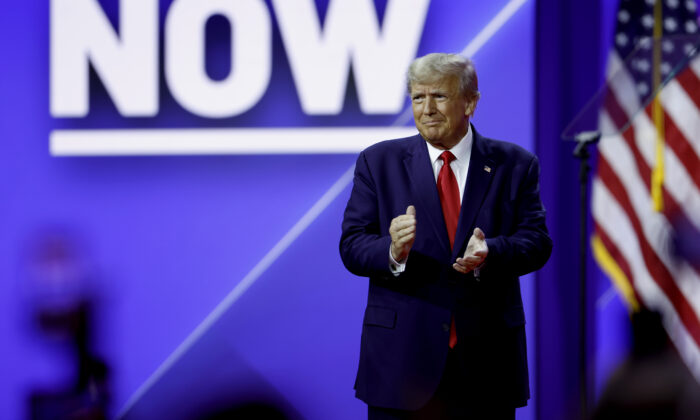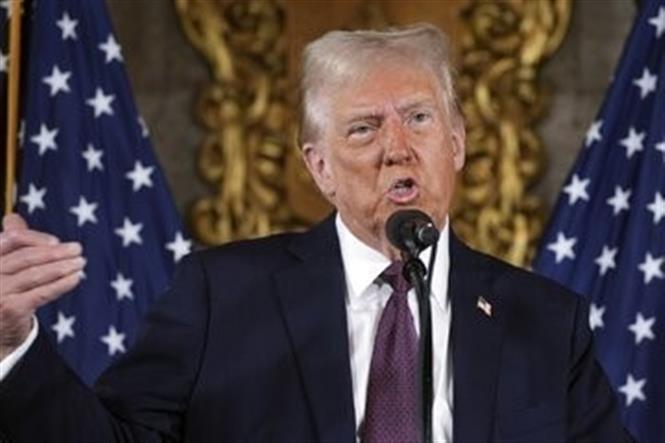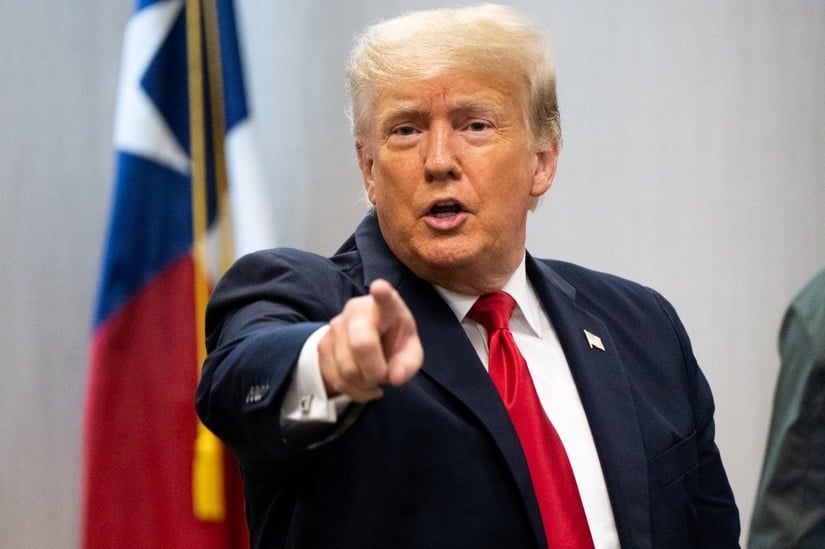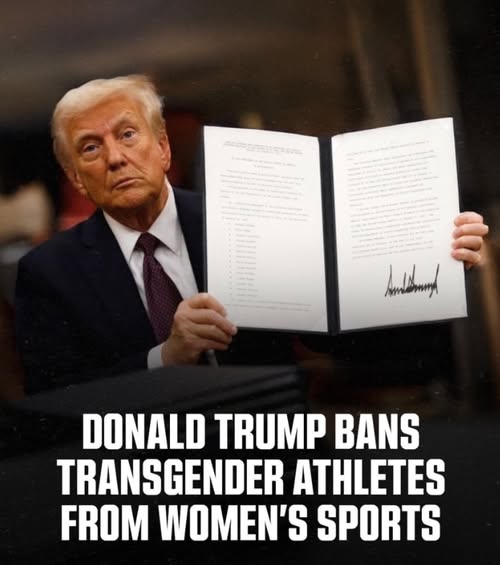Fairness or Exclusion? The Debate Over Trump’s Executive Order on Women’s Sports

In a move that has reignited national debate, former President Donald Trump has signed a controversial executive order titled “Keeping Men Out of Women’s Sports.” The order prohibits transgender women — individuals assigned male at birth who identify as female — from participating in women’s sports under federal Title IX regulations. The Trump administration argues this decision is a necessary step to preserve the “integrity” and fairness of women’s athletic competitions. According to the order, schools and athletic organizations that fail to comply could risk losing federal funding. This marks the fulfillment of a significant campaign promise and sends a strong message to governing bodies like the NCAA and the Olympic Committee.

Supporters of the executive order claim that allowing transgender women to compete in female categories undermines fair play. They argue that biological differences, such as testosterone levels, muscle mass, and bone density, can give transgender women a competitive advantage, even after hormone treatment. For these advocates, the order is not about hate or exclusion, but about protecting opportunities for cisgender women and girls — ensuring they aren’t pushed out of podium finishes, scholarships, or teams. Many parents, athletes, and coaches have voiced their approval, viewing Trump’s decision as a stand for common sense in sports policy.

However, critics argue that the order oversimplifies a complex and deeply human issue. Leading medical and scientific organizations point out that there is still limited and inconclusive evidence that transgender women consistently outperform cisgender women in athletic competitions. Many believe that this policy could lead to discrimination, stigma, and further marginalization of transgender youth, who already face high rates of bullying and mental health challenges. Instead of blanket bans, opponents advocate for more inclusive solutions — such as individualized assessments or updated guidelines that balance fairness with dignity and human rights. For them, this executive order is less about protecting women’s sports and more about using transgender people as a political target.

In the wake of this decision, one thing is clear: the line between fairness and inclusion is more contested than ever. The debate over transgender athletes in women’s sports goes beyond science and policy — it touches identity, equality, and the core values of our society. While some celebrate Trump’s order as a bold step toward protecting women’s rights, others view it as a dangerous rollback of progress in LGBTQ+ inclusion. As schools, states, and athletic organizations decide how to respond, the conversation continues — challenging us to consider not only who belongs in sports, but how we define justice for all.










